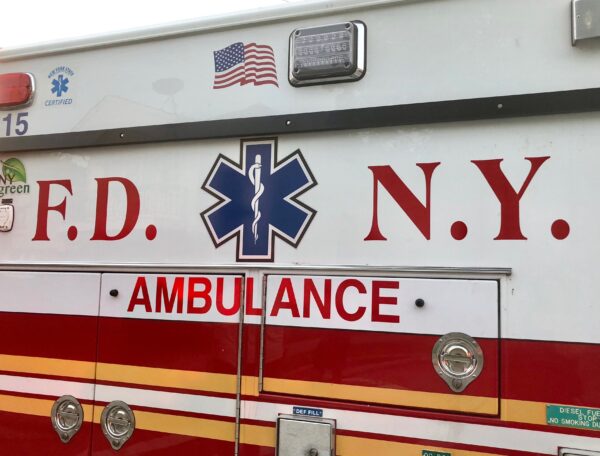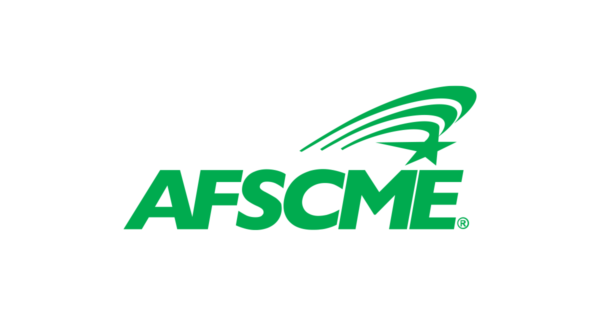July 30, 2015
By Bill Hohlfeld
The U.S Census Bureau tells us that as recently as the year 1900, there were approximately 1.75 million child laborers in America. Boys and girls between the ages of 10 and 15 (and sometimes younger) were working in our mines and in our factories. They often did so for 60 hours a week. It was a time when there were few laws to protect workers and even fewer laws to regulate child labor.
At that time, conditions were particularly bad for textile workers, and in 1903, about 100,000 of them went on strike in and around Philadelphia for better pay and a fifty-five-hour workweek. Thousands of them were children. Many of them were maimed; all were malnourished. Pennsylvania law at that time did prohibit children younger than 12 to work, but often times the extreme poverty of the family would result in parents lying, and the state made a practice of looking the other way.
When one of the most prominent labor organizers of her day, Mary Harris “Mother” Jones, traveled to Philadelphia, to support these striking textile workers, she met many of these children. She was horrified, and as was her way, she decided to take action.
On July 7, after a rally at the City Hall in Philadelphia, Mother Jones set out on march to New York with a group of nearly two hundred workers, many of whom were children from the mills. Her mission was to bring attention to the injustices of child labor. And in fact, child labor soon became a national topic of debate. Carrying signs with slogans like “We Want Time To Play,” and “We Want to Go to School,” Mother Jones and her “army” began their ninety-two mile trek from Philadelphia to New York.
It was July 23 before Mother Jones and her company reached New York and announced her intention to march on to Oyster Bay Long Island, the summer residence of then-President Theodore Roosevelt. Once there her intention was to request an audience for her and three child laborers who made the journey with her.
On July 29, Mother Jones and three young boys completed that final leg of the journey, arrived in Oyster Bay and asked to speak with the President. She was refused that audience. Her public response to Roosevelt’s refusal to see her was eloquent in its brevity: “It is very sad commentary on the President of our nation that the plea of suffering little children who walked 100 miles…should be turned down.”
Though the march did not result in a meeting with the President or the hoped for passing of national legislation to regulate child labor, it did succeed in raising awareness of the issue of child labor. In fact, it created such a clamor that by 1904 there was a nationwide movement to put an end to child labor. A newly formed National Child Labor Committee came together to bring about reform and boasted such notable figures as former president Grover Cleveland and Nobel Peace Prize laureate, Jane Addams among its ranks.
Gains were painfully slow. It was 1915 before the state of Pennsylvania would enact a new child labor law setting the minimum age at fourteen. And it was not until 1938 (eight years after the death of Mother Jones) that the congress would pass the Fair Labor Standards Act which would compel children to attend school until the age of 16. But what Mother Jones knew in July of 1903, and what is still true today, is that nothing will ever happen unless we act now.



